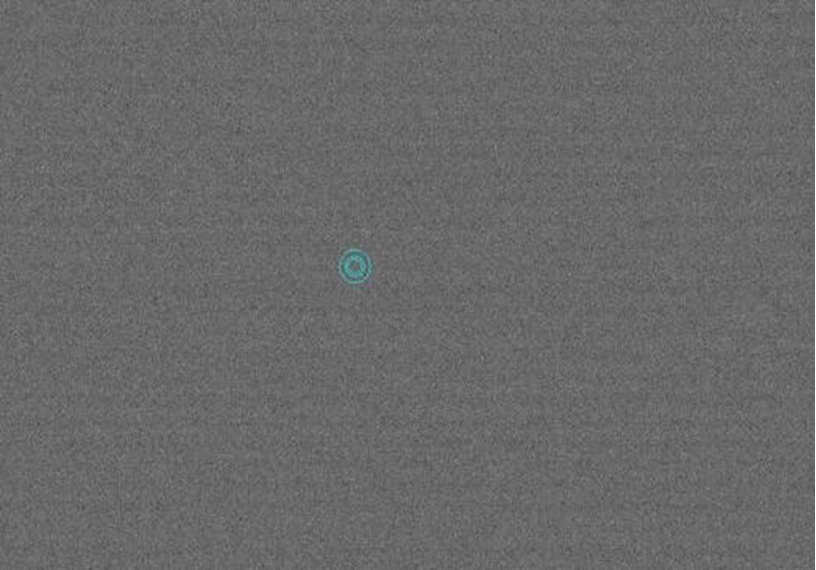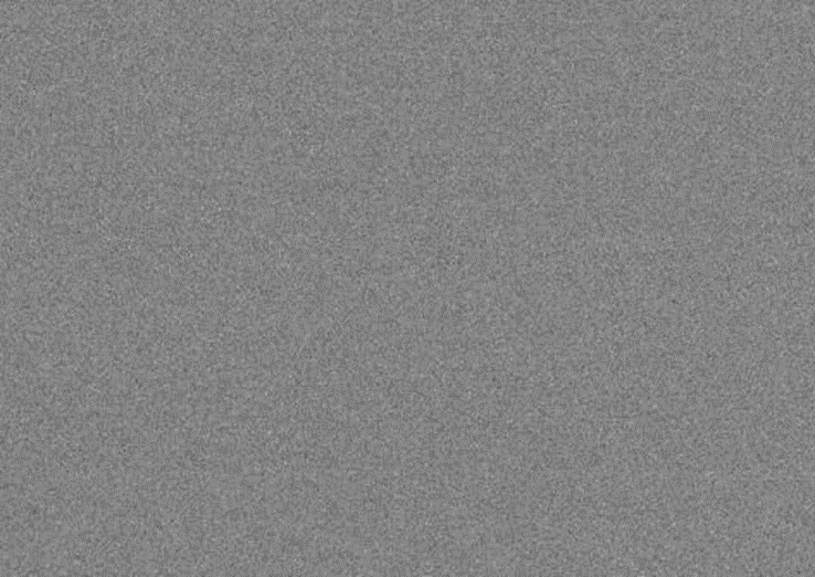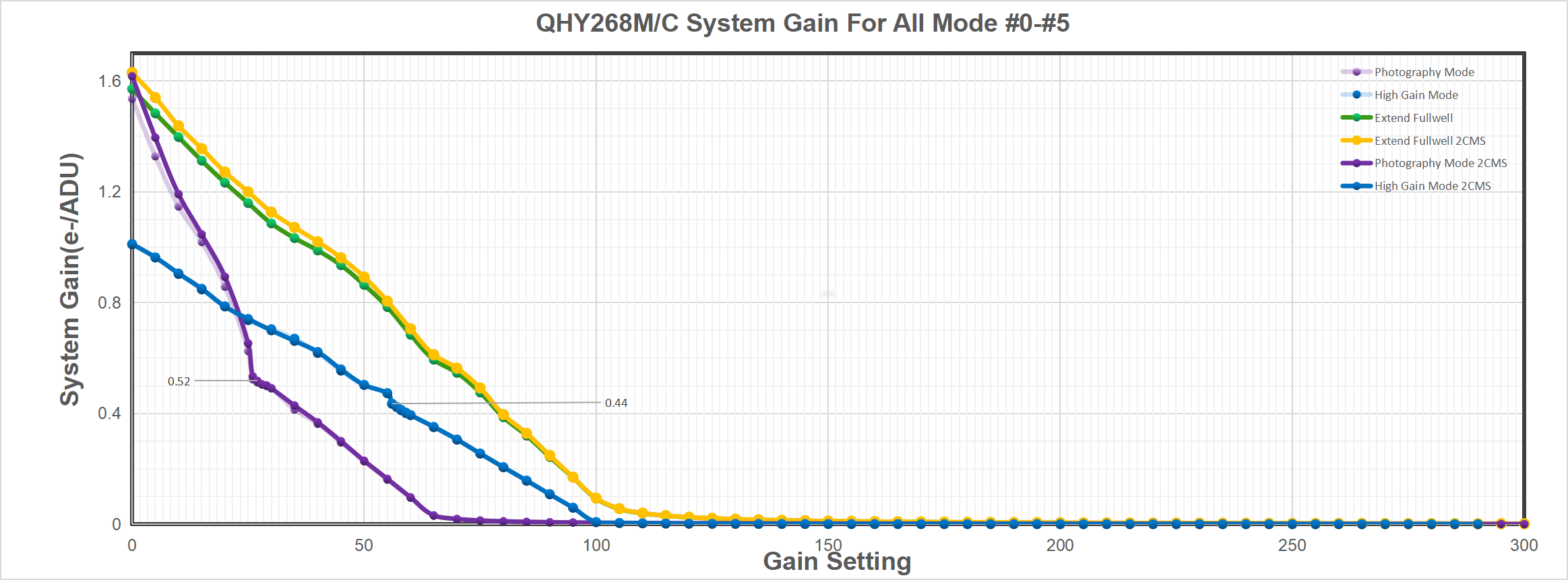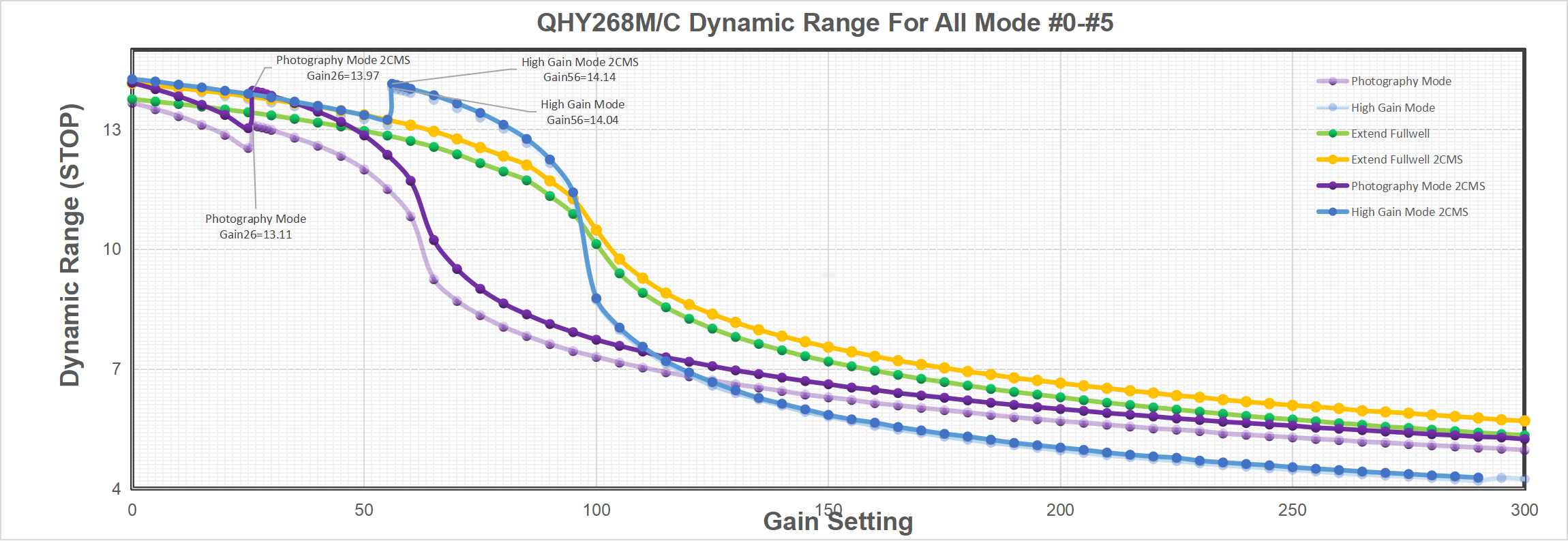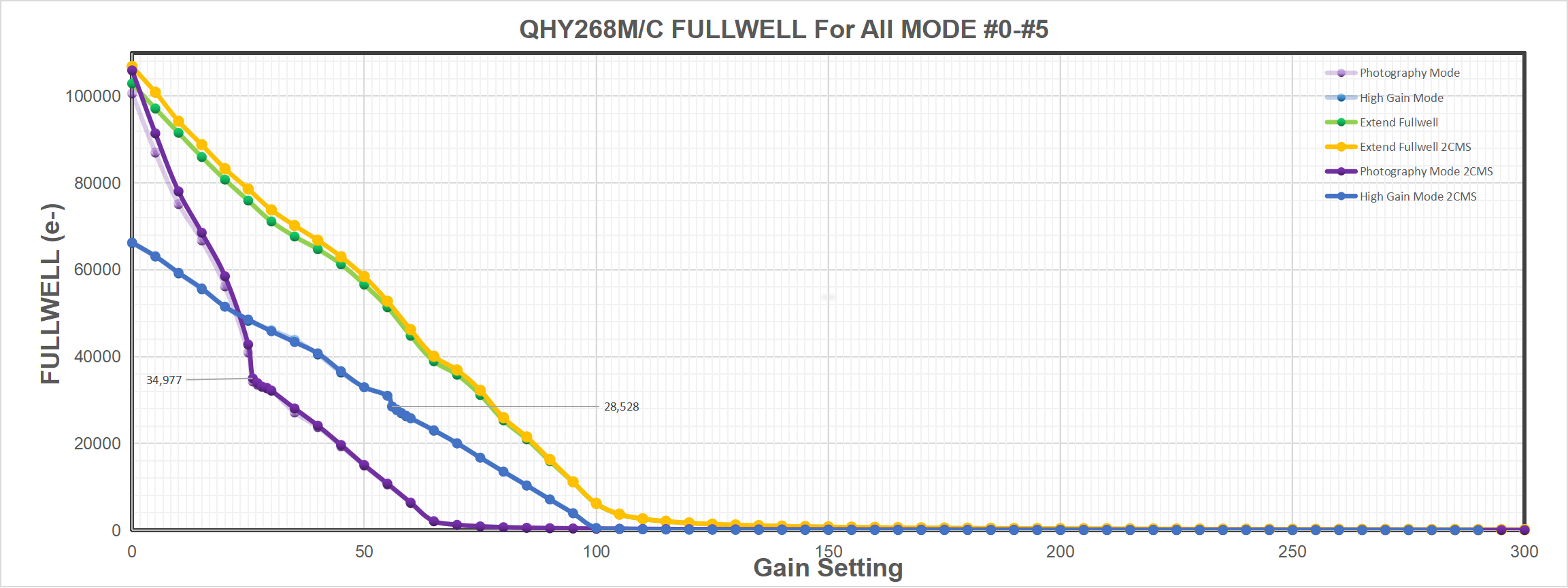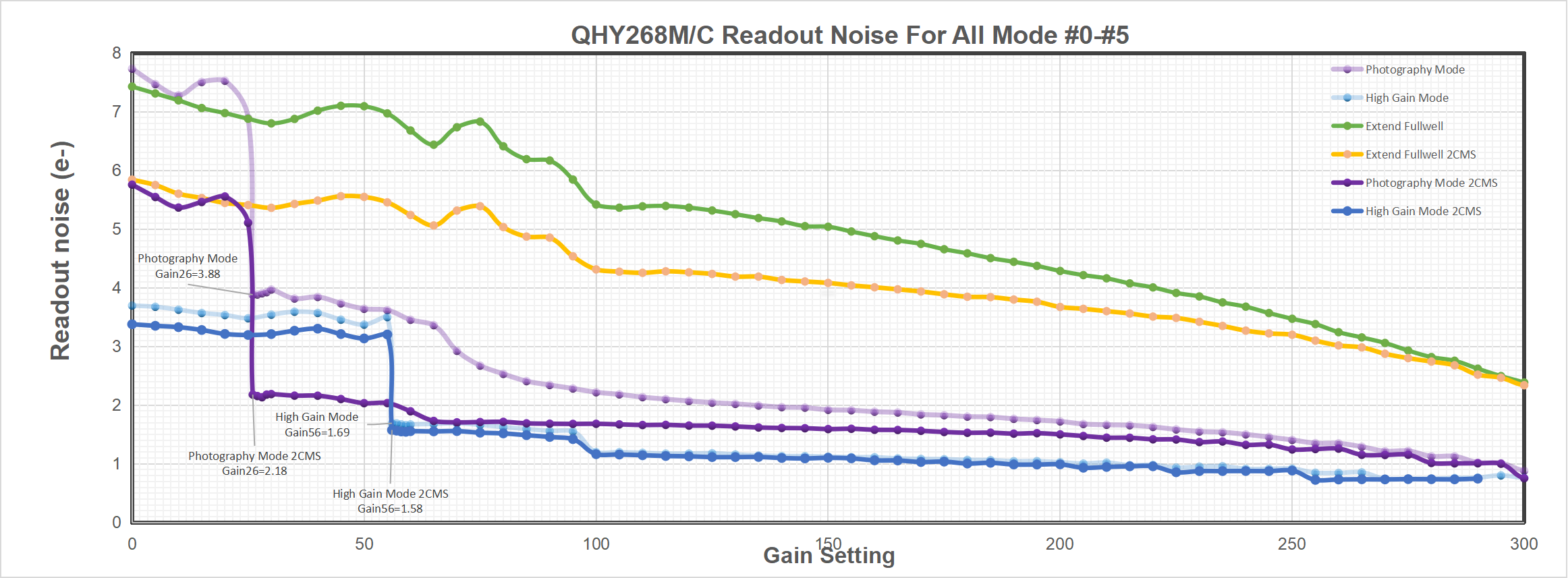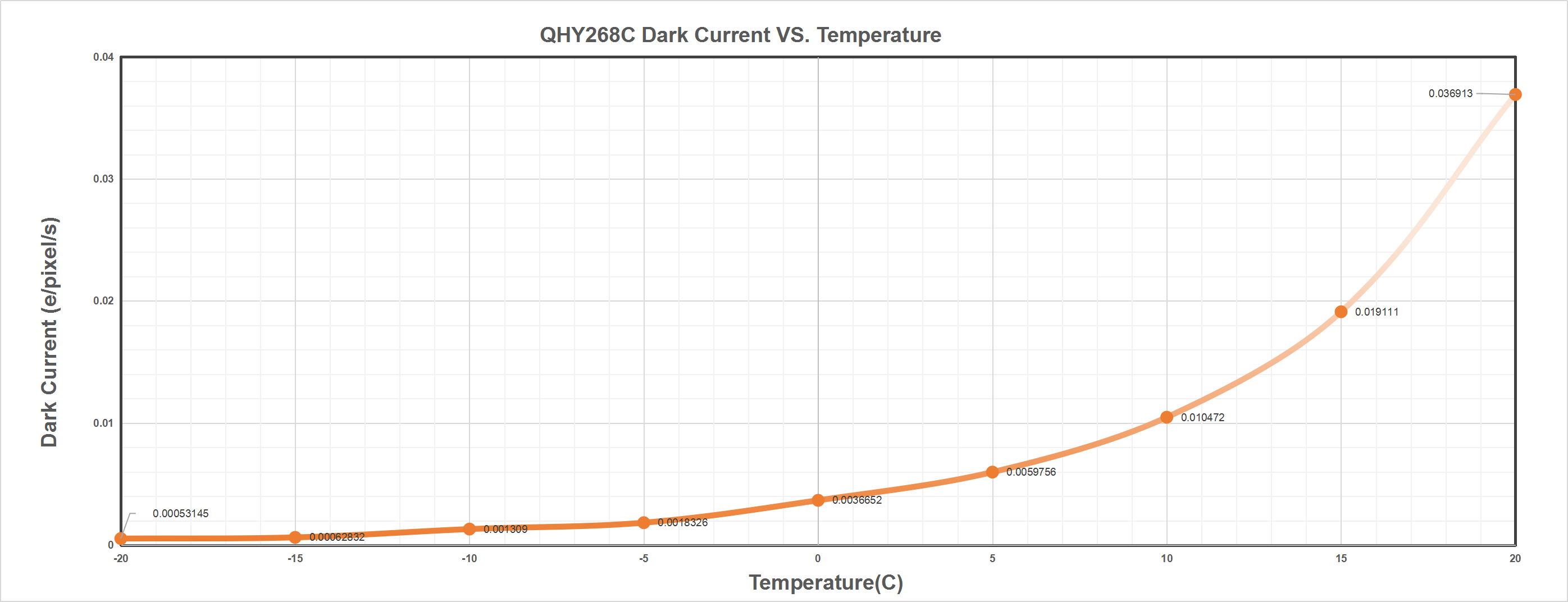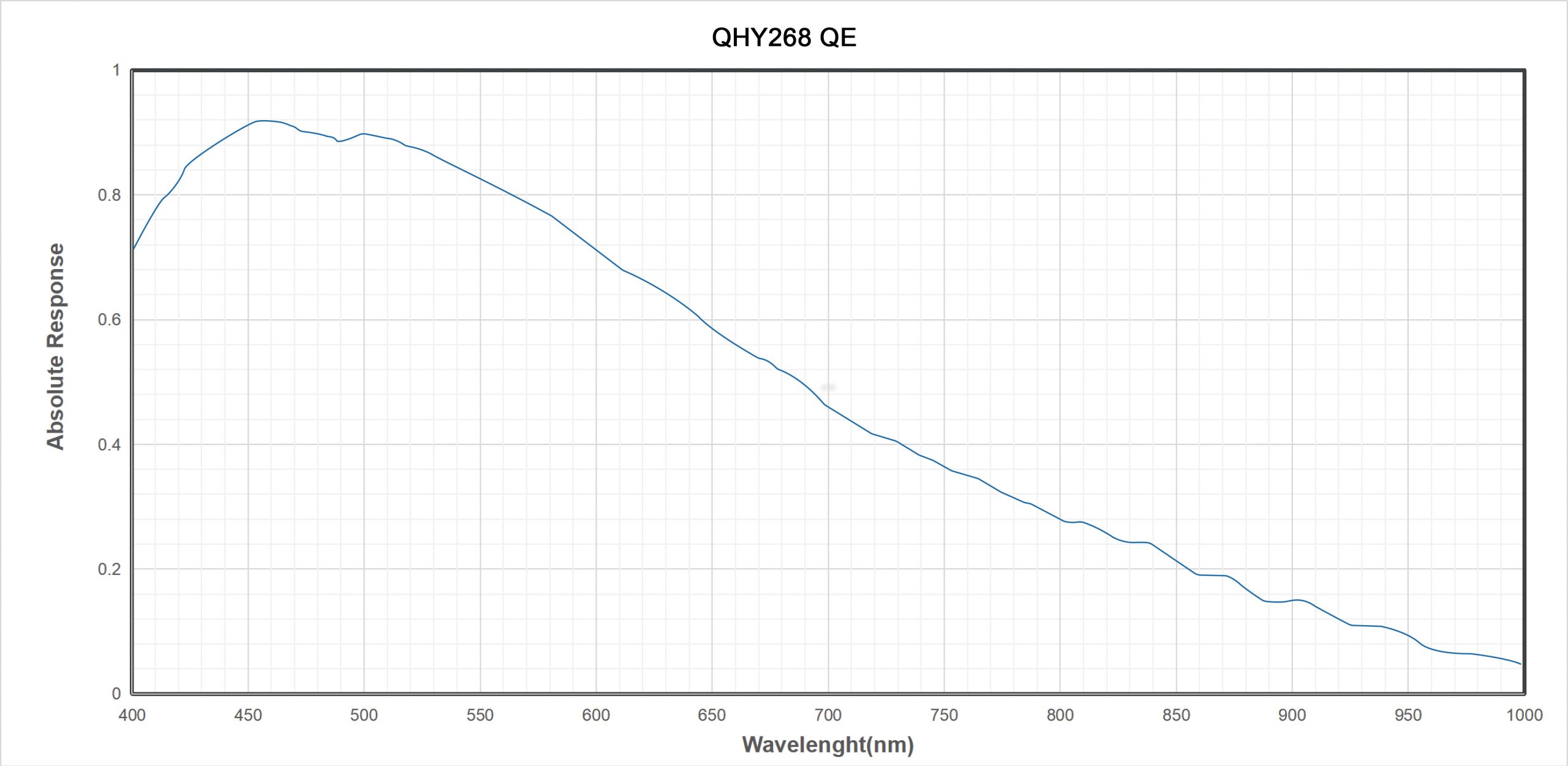QHY268M Pro I is a scientific CMOS camera specially designed for scientific using with advanced qualities and functions.With a SONY IMX571 APS-C format CMOS sensor inside. 26mega pixels, Back-illuminated, native 16BIT ADC. QE is up to 91% and readout noise is as low as 1.1e Even with a 3.76um pixel size, it has a big full-well up to 75ke.
It has extremely low thermal noise 0.0005e/pixel/sec @ -20C, ZERO amplifier-glow performance, It has a maximum frame rate of 6.8FPS@16bit full resolution. QHYCCD IMX571.SONY IMX571/16bit/26Mpixels/BSI/APS-C Format. QHY268PRO has both USB3.0 and 2*10Gbps optical fiber interface. It has a 2GB big DDR3 memory buffer. It has the 6pin GPIO port support complex Trig-In and Trig-Out signal. It can connect with QHY GPS-BOX to get the high-precision GPS timestamp onto the image head.
Currently we only have the monochrome QHY268M Pro I as standard model. If you have requirement for color version (QHY268C Pro), please contact QHYCCD for customization.
QHY268M Pro I has SONY IMX571 APS-C format CMOS sensor inside. 26mega pixels, Back-illuminated, native 16BIT ADC. QE is up to 91% and readout noise is as low as 1.1e Even with a 3.76um pixel size, it has a big full-well up to 75ke. It has extremely low thermal noise 0.0005e/pixel/sec @ -20C, ZERO amplifier-glow performance, It has a maximum frame rate of 6.8FPS@16bit full resolution.
*PCIE Card Kit is NOT included in QHY268Pro product.
Description:
 Native 16 bit A/D: The new Sony sensor has native 16-bit A/D on-chip. The output is real 16-bits with 65536 levels. Compared to 12-bit and 14-bit A/D, a 16-bit A/D yields higher sample resolution and the system gain will be less than 1e-/ADU with no sample error noise and very low read noise.
Native 16 bit A/D: The new Sony sensor has native 16-bit A/D on-chip. The output is real 16-bits with 65536 levels. Compared to 12-bit and 14-bit A/D, a 16-bit A/D yields higher sample resolution and the system gain will be less than 1e-/ADU with no sample error noise and very low read noise.
 BSI: One benefit of the back-illuminated CMOS structure is improved full well capacity. This is particularly helpful for sensors with small pixels. In a typical front-illuminated sensor, photons from the target entering the photosensitive layer of the sensor must first pass through the metal wiring that is embedded just above the photosensitive layer. The wiring structure reflects some of the photons and reduces the efficiency of the sensor. In the back- illuminated sensor the light is allowed to enter the photosensitive surface from the reverse side. In this case the sensor’s embedded wiring structure is below the photosensitive layer. As a result, more incoming photons strike the photosensitive layer and more electrons are generated and captured in the pixel well. This ratio of photon to electron production is called quantum efficiency. The higher the quantum efficiency the more efficient the sensor is at converting photons to electrons and hence the more sensitive the sensor is to capturing an image of something dim.
BSI: One benefit of the back-illuminated CMOS structure is improved full well capacity. This is particularly helpful for sensors with small pixels. In a typical front-illuminated sensor, photons from the target entering the photosensitive layer of the sensor must first pass through the metal wiring that is embedded just above the photosensitive layer. The wiring structure reflects some of the photons and reduces the efficiency of the sensor. In the back- illuminated sensor the light is allowed to enter the photosensitive surface from the reverse side. In this case the sensor’s embedded wiring structure is below the photosensitive layer. As a result, more incoming photons strike the photosensitive layer and more electrons are generated and captured in the pixel well. This ratio of photon to electron production is called quantum efficiency. The higher the quantum efficiency the more efficient the sensor is at converting photons to electrons and hence the more sensitive the sensor is to capturing an image of something dim.
 Zero Amplify Glow: This is also a zero amplifer glow camera.
Zero Amplify Glow: This is also a zero amplifer glow camera.
 TRUE RAW Data: In the DSLR implementation there is a RAW image output, but typically it is not completely RAW. Some evidence of noise reduction and hot pixel removal is still visible on close inspection. This can have a negative effect on the image for astronomy such as the “star eater” effect. However, QHY Cameras offer TRUE RAW IMAGE OUTPUT and produces an image comprised of the original signal only, thereby maintaining the maximum flexibility for post-acquisition astronomical image processing programs and other scientific imaging applications.
TRUE RAW Data: In the DSLR implementation there is a RAW image output, but typically it is not completely RAW. Some evidence of noise reduction and hot pixel removal is still visible on close inspection. This can have a negative effect on the image for astronomy such as the “star eater” effect. However, QHY Cameras offer TRUE RAW IMAGE OUTPUT and produces an image comprised of the original signal only, thereby maintaining the maximum flexibility for post-acquisition astronomical image processing programs and other scientific imaging applications.
 Anti-Dew Technology: Based on almost 20-year cooled camera design experience, The QHY cooled camera has implemented the fully dew control solutions. The optic window has built-in dew heater and the chamber is protected from internal humidity condensation. An electric heating board for the chamber window can prevent the formation of dew and the sensor itself is kept dry with our silicon gel tube socket design for control of humidity within the sensor chamber.
Anti-Dew Technology: Based on almost 20-year cooled camera design experience, The QHY cooled camera has implemented the fully dew control solutions. The optic window has built-in dew heater and the chamber is protected from internal humidity condensation. An electric heating board for the chamber window can prevent the formation of dew and the sensor itself is kept dry with our silicon gel tube socket design for control of humidity within the sensor chamber.
 Cooling: In addition to dual stage TE cooling, QHYCCD implements proprietary technology in hardware to control the dark current noise.
Cooling: In addition to dual stage TE cooling, QHYCCD implements proprietary technology in hardware to control the dark current noise.
Compared to astrophotographic products, the scientific grade “Pro” grade vesion has more interfaces, more functions, and higher quality to cater for the complicated needs including but not limited to: Sky Survey, Astronomical Photometric, high-resolution LCD/OLED screen inspector/color calibration. All-sky camera. Scientific Measurement, DNA sequencer, Spectrum Instrument.
A Pro grade scientific grade camera has the following interfaces or functions.
 The built-in 2*10Gbps fiber socketcan work with the QHYCCD PCIE2.0x8 data grabber card. The fiber interface is for the requirement of the professional obs. It will give the following advantages than the USB3.0 interface. Then what is the benefit of the Fiber Interface?
The built-in 2*10Gbps fiber socketcan work with the QHYCCD PCIE2.0x8 data grabber card. The fiber interface is for the requirement of the professional obs. It will give the following advantages than the USB3.0 interface. Then what is the benefit of the Fiber Interface?
- Higher data rate. One 10Gigabit Fiber can transfer maximum 10Gbps data. The actual data rate can get about 800MBytes/s. While the USB3.0 is 5Gbps and the actual data rate is about 350MByte/sec. Use the two 10Gigabit fiber can get about 1.6GBytes/s speed. The IMX455 sensor has the high-speed mode like the 10FPS 14bit full resolution mode and 30FPS 8K VIDEO mode. The data rate of these modes is much more than USB3.0.
- Very long transfer distance. The fiber is hundreds of times longer than USB3.0. USB3.0 can only transfer 3meter to 5meter. For longer distances, it needs the extender cable but can just get 10meter to 15meter. While the Fiber can transfer 300meter directly by default optic module; with the long-distance optic module, it can transfer up to 40km.
- Solid stable and no affected by EMI. One major factor that causes the camera to hang is the EMI issue. The USB3.0 transfer maybe gets effect by the EMI in the transfer patch. Like the static and other high-power device emitted. The EMI will cause the transfer data packet to get a CRC error and cause the image loss. A long USB cable is easier to get this problem. Light can not be affected by the EMI. So with the fiber transfer, it will get everything very stable.
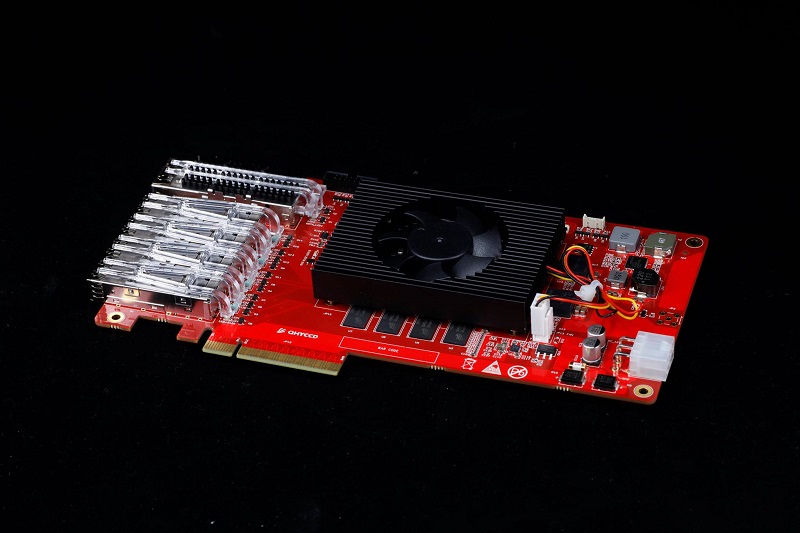
 Compared with air cooling, liquid cooling has the following important advantages. If any interst, please contact QHYCCD in advance for customization.
Compared with air cooling, liquid cooling has the following important advantages. If any interst, please contact QHYCCD in advance for customization.
No vibration. Air-cooling requires the use of a fan inside the camera that may induce small vibrations. Even the highest quality fan cannot avoid some effect on the FWHM (full width at half maximum) of stellar images on certain telescopes. Long focal length optical systems are more sensitive to this effect. However, water cooling achieves temperature reduction through the slow flow of water. There is no moving mechanical component to cause vibration of the camera, eliminating any negative effect on the image.
Multiple Readout Modes are special for QHY 16-bit Cameras (QHY600/268/461/411). Different readout modes have different driver timing, etc., and result in different performance. See details at “Multiple Readout Modes and Curves” Part.
You may find some types of thermal noise can change with time in some back-illuminated CMOS cameras. This thermal noises has the characteristic of the fixed position of typical thermal noise, but the value is not related to the exposure time. Instead, each frame appears to have its own characteristics. The QHY600/268/461/411 use an innovative suppression technology that can significantly reduce the apparent level of such noise.
UVLO(Under Voltage Locking) is to protect the electronic device from damage caused by abnormally low voltages.
Our daily life experience tells us that the actual operational voltage of an electrical device must not significantly exceed the rated voltage, otherwise it will be damaged. For such precision equipment as cameras, long-term work at too low input voltage can also be detrimental to the working life of the camera, and may even make some devices, such as power manager, burn up due to long-term overload. In the all-in-one driver and SDK after 2021.10.23 stable version, the camera will give a warning when the input voltage of the camera is below 11V.
It is common behavior for a CMOS sensor to contain some horizontal banding. Normally, random horizontal banding can be removed with multiple frame stacking so it does not affect the final image. However, periodic horizontal banding is not removed with stacking so it may appear in the final image. By adjust the USB traffic in Single Frame mode or Live Frame mode, you can adjust the frequency of the CMOS sensor driver and it can optimize the horizontal banding appeared on the image. This optimized is very effective to remove the periodic banding in some conditions.
A typical Periodic Horizontal Noise under certain USB_TRAFFIC values.
After Adjusting the USB Traffic to avoid the periodic horizontal noise.
The camera is designed to use the +12V to reboot the camera without disconnecting and reconnecting the USB interface. This means that you can reboot the camera simply by shutting down the +12V and then powering it back on. This feature is very handy for remote controlling the camera in an observatory. You can use a remotely controlled power supply to reboot the camera. There is no need to consider how to reconnect the USB in the case of remote control.
Monochrom’s Spectrum Response Curve. The curve is based on SONY’s datasheet. In the datasheet, it is the normalized curve QHYCCD test it by comparing with an known QE CCD sensor. And get this curve. This curve is only a reference. QHYCCD does not guarantee this curve is correct.
Multiple Readout Modes are special for QHY 16-bit Cameras (QHY600/268/461/411). Different readout modes result in different performance. These readout modes are currently supported in the QHYCCD ASCOM Camera Driver, SharpCap and N.I.N.A.
Readout Mode #0 (Photographic DSO Mode). This mode is suitable for most DSO imaging situations. Since there is a drop in the noise between Gain 25 and Gain 26 (unity gain), we recommend it as default gain setting; however, gain0 is also good enough for a 16-bit sensor.
Readout Mode #1 (High Gain Mode). This mode is something like double native iso of some new digital cameras, whose danamic range can greatly incerase at the vary high iso value, like iso800, iso3200, etc. The high gain mode provide such improvement for QHYCCD 16bit cameras. We recommend you choose this mode when you have to capture at high gain, for example, a vary dark object. Please note the switch point of HGC/LGC of QHY600/268/461 is 56. That means you must set Gain 56 to make the best of it.
Readout Mode#2 (Extended Fullwell Mode). With a pixel size of 3.76um, these sensors already have an impressive full well capacity of 51ke. Nevertheless, QHYCCD has implemented a unique approach to achieve a full well capacity higher than 51ke- through innovative user controllable read mode settings. In Extended Fullwell Mode, the QHY600 can achieve an extremely large full-well charge value of nearly 80ke- and the QHY268 can achieve nearly 75ke-. Greater full-well capacity provides greater dynamic range and large variations in magnitude of brightness are less likely to saturate.
Mode-2CMS
Based on the three basic modes above, 2CMS mode can greatly reduce readout noise by secondary sampling while keeping the same full well value and system gain. We prefer 2CMS modes than basic modes in astrophotography. By the way, the recommend gain values are the same as their basic modes.
Currently QHY600 and QHY461 Series support Extended Fullwell Mode-2CMS (Mode#3), and QHY268 Series support Photographic DSO Mode-2CMS (Mode#4) and High Gain Mode-2CMS (Mode#5). Mode#4 and Mode#5 require Allinone version 20230412 or higher.

Buy risk-free: When it’s time to trade up you’ll get the most value for your used gear.



 In Stock
In Stock

